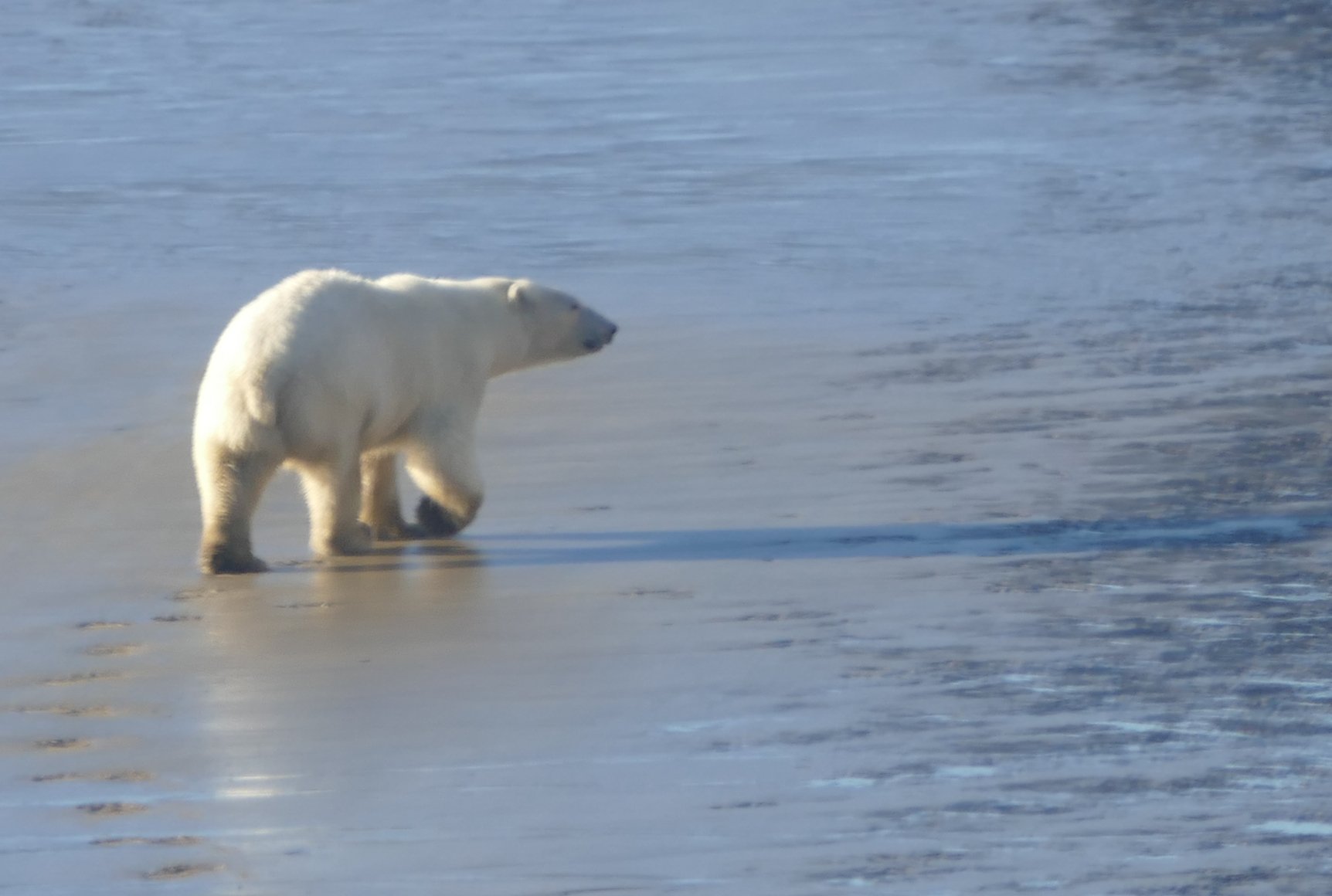Persistent organic pollutants, skull size and bone density of polar bear (Ursus maritimus) from East Greenland 1892–2015 and Svalbard 1964–2004.
New publication by: Daugaard-Petersen T, Langebæk R, Rigét FF, Letcher RJ, Hyldstrup L, Jensen J-EB, Bechshoft T, Wiig Ø, Jenssen BM, Pertoldi C, Lorenzen ED, Dietz R, Christian Sonne C.

Abstract:
We investigated skull size (condylobasal length; CBL) and bone mineral density (BMD) in polar bears (Ursus maritimus) from East Greenland (n = 307) and Svalbard (n = 173) sampled during the period 1892–2015 in East Greenland and 1964–2004 at Svalbard. Adult males from East Greenland showed a continuous decrease in BMD from 1892 to 2015 (linear regression: p < 0.01) indicating that adult male skulls collected in the early pre-pollution period had the highest BMD. A similar decrease in BMD over time was not found for the East Greenland adult females. However, there was a non-significant trend that the skull size of adult East Greenland females was negatively correlated with collection year 1892–2015 (linear regression: p = 0.06). No temporal change was found for BMD or skull size in Svalbard polar bears (ANOVA: all p > 0.05) nor was there any significant difference in BMD between Svalbard and East Greenland subpopulations. Skull size was larger in polar bears from Svalbard than from East Greenland (two-way ANOVA: p = 0.003). T-scores reflecting risk of osteoporosis showed that adult males from both East Greenland and Svalbard are at risk of developing osteopenia. Finally, when correcting for age and sex, BMD in East Greenland polar bears increased with increasing concentrations of persistent organic pollutants (POPs) i.e. ΣPCB (polychlorinated biphenyls), ΣHCH (hexachlorohexane), HCB (hexachlorobenzene) and ΣPBDE (polybrominated diphenyl ethers) while skull size increased with ΣHCH concentrations all in the period 1999–2014 (multiple linear regression: all p < 0.05, n = 175). The results suggest that environmental changes over time, including exposure to POPs, may affect bone density and size of polar bears.
Environmental Research 162 (2018) 74–80. doi.org/10.1016/j.envres.2017.12.009
